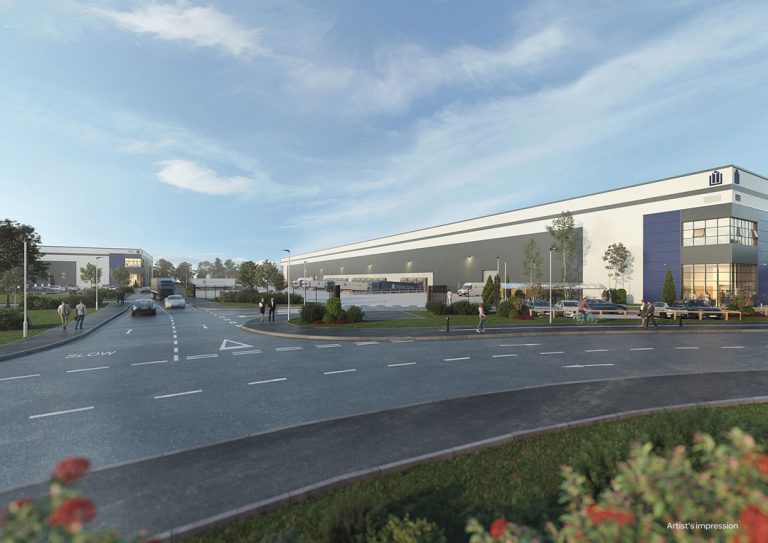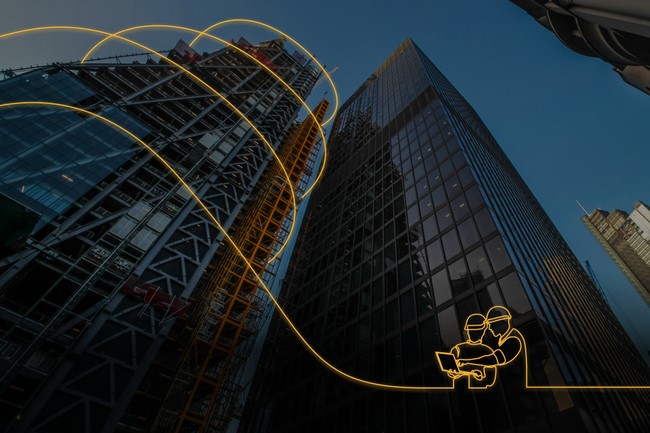2024 felt the lasting impact that regulatory change has had on the facilities management sector. The introduction of the Fire Safety Act 2021, the Building Safety Act 2022 and the Fire Safety (England) Regulations 2022 fundamentally reshaped responsibilities, focus areas and challenges for facility maintenance professionals, establishing new compliance requirements and standards that will continue to influence the direction of the industry this year. Jason Instrell, Industry Lead at SFG20, the industry standard for building maintenance, has shared his insights regarding how the facilities management industry will continue to evolve in 2025 and the changes he believes will be particularly impactful for those working in the industry. 1. Sustainability at the forefront in the race to net-zero The landscape of the UK’s built environment is set for a profound environmental transformation. With the Prime Minister announcing an 81% reduction in carbon by 2035, the race toward carbon neutrality is accelerating, propelled by technological efforts, evolving government policies and heightened public climate awareness. As we look towards 2025, the need for sustainable building maintenance practices will only grow. As the global urban population continues to expand rapidly, construction and, ultimately, carbon emissions will follow suit. 40% of global carbon emissions are from the built environment, with 30% coming from building construction, operation and demolition. To mitigate this, businesses and building owners must consider and implement ways to reduce greenhouse gas emissions. Improving the energy efficiency of existing buildings, through sustainable maintenance, and ensuring that new buildings incorporate this into their initial design is one way to help reduce greenhouse gas emissions. Training and competence remain firmly in the spotlight, with businesses needing to develop the knowledge and experience to help hit their carbon reduction strategies in 2025. 2. Building compliance in the spotlight Regulations and legislation are constantly evolving. These changes, whether small or large, can lead to confusion and can change requirements around the design, installation, verification and maintenance of buildings. This can have an effect on maintenance tasks and frequencies. With the ongoing developments in the RAAC scandal across UK schools and Universities, and the final report from the Grenfell Inquiry, 2025 will likely see an even greater spotlight placed on competence and compliance in line with the Building Safety Act 2022. The industry’s barrage of building and structural integrity issues means it comes as no surprise that compliance has risen to the top of many priority lists. Building owners, property managers and contractors will need to ensure that regular risk assessments are undertaken (especially in relation to higher-risk and high-rise residential buildings), statutory works are being scheduled, a principal accountable person (PAP) is appointed, and that all maintenance information is evidenced as part of a golden thread. 3. AI integrations Recent developments in AI create an opportunity to revolutionise how the industry approaches building maintenance. The biggest challenge for facility managers is identifying what tasks must be performed on each asset in a building to preserve life, reduce cost, and stay compliant with current regulations. This can sometimes be costly and time-consuming, and essential maintenance can be missed, leading to an increased risk of equipment failures and faults. IoT, internet of things, technology relies on sensor technology mounted on assets to monitor statuses such as energy consumption, pressure, vibration and flow rates. Its adoption can allow businesses to accurately plan maintenance tasks in an efficient and cost-effective way. Digital twin technology provides a virtual model of an asset that can mimic the installed equipment, allowing for real-time data and facilitating efficient, data-driven decisions for facility managers. Businesses are still under pressure to develop the necessary skills and teams to successfully work alongside AI technology, such as IoT and Digital twin technology, for predictive maintenance, data analysis and a cost-effective allocation of FM budgets. The construction industry is reported to have one of the lowest adoptions of AI technologies, with only 12% of businesses currently using some form of artificial intelligence. 2025 will see a continued push to overcome these challenges and take full advantage of AI assistance within the FM space. This will likely continue through training and development opportunities for all those involved in the facility management process, to best integrate new AI technologies into business strategies. 4. Adoption of digital-led maintenance strategies With 43% of FM companies naming systems integrations as the most significant problem in their business in 2024, 2025 will not see this changing. Digital integration of mechanical, electrical and building services systems remains a top priority. The reluctance to adopt digital-led maintenance was initially due to the effort and high costs of hardware and software. However, the landscape is changing as more options become available. Yet challenges remain, as businesses work to develop the necessary skills to install sensors, monitors, and interpret the generated data effectively. Overcoming these hurdles will be essential over the next year to unlocking the full potential of digital maintenance. 5. Enhanced connectivity Property managers have to collaborate with multiple stakeholders, from building owners to facility management consultants and engineers, who all play a crucial role in the safe and legal maintenance of a facility. Managing extensive workforces, with a mix of internal and external resources, tends to make streamlined collaboration much trickier. In particular, ensuring the right people receive the necessary information at the right time becomes a challenge. In a recent poll conducted by the experts at SFG20, 66% of asset owners and property managers revealed that maintaining the ‘golden thread’ and ensuring all the information is captured and accurate, remains a concern for their business. This shows that many current FM systems are not aligning in a way that helps facilitate efficient, collaborative working. Developing and providing software solutions that enable teams to share data and work efficiently will continue to characterise industry changes throughout this year. Building, Design & Construction Magazine | The Choice of Industry Professionals














